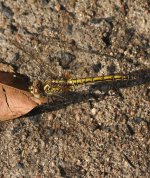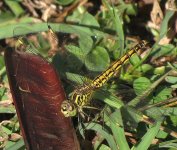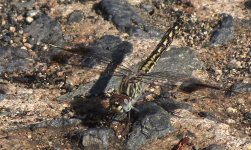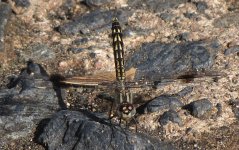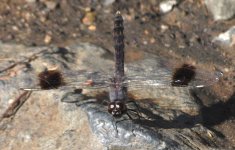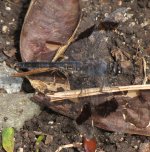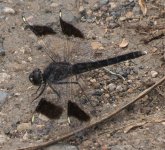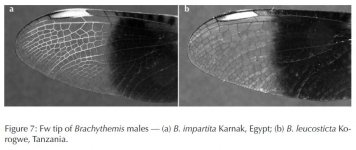Grateful for any assistance with ID of following individuals.
I suspect these represent a single species, with the bluish ones being the males, but I could be wrong.
Thanks
Guy
I suspect these represent a single species, with the bluish ones being the males, but I could be wrong.
Thanks
Guy




